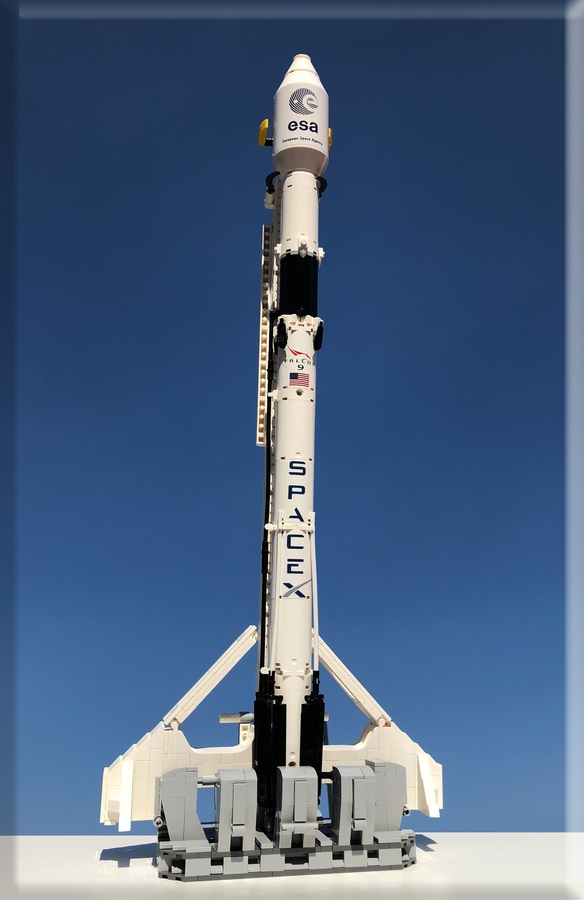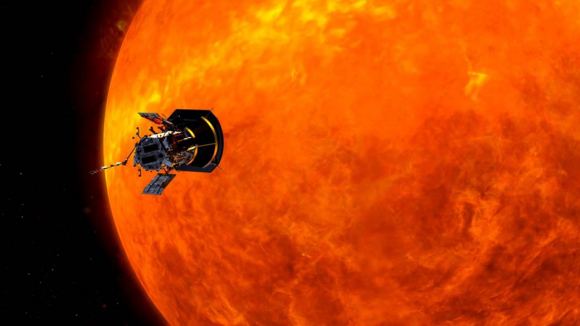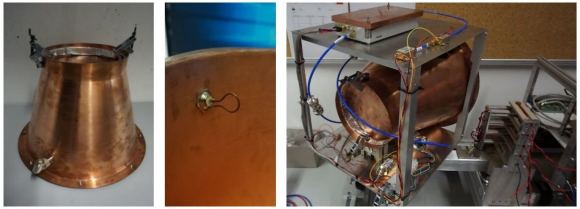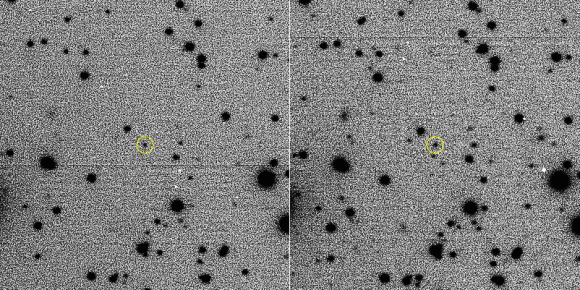How changes in stars’ speed gave away the most Earth-like planets ever observed
When thinking about Earth-like exoplanet discoveries, the Kepler space telescope immediately comes to mind. Yet, it is not only Kepler, but also ground-based information from the HARPS-N spectrograph, that allowed the ETAEARTH consortium to obtain information on these planets with a degree of precision never reached before. Powered by WPeMaticoRead More →



